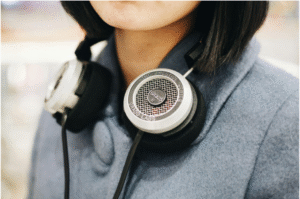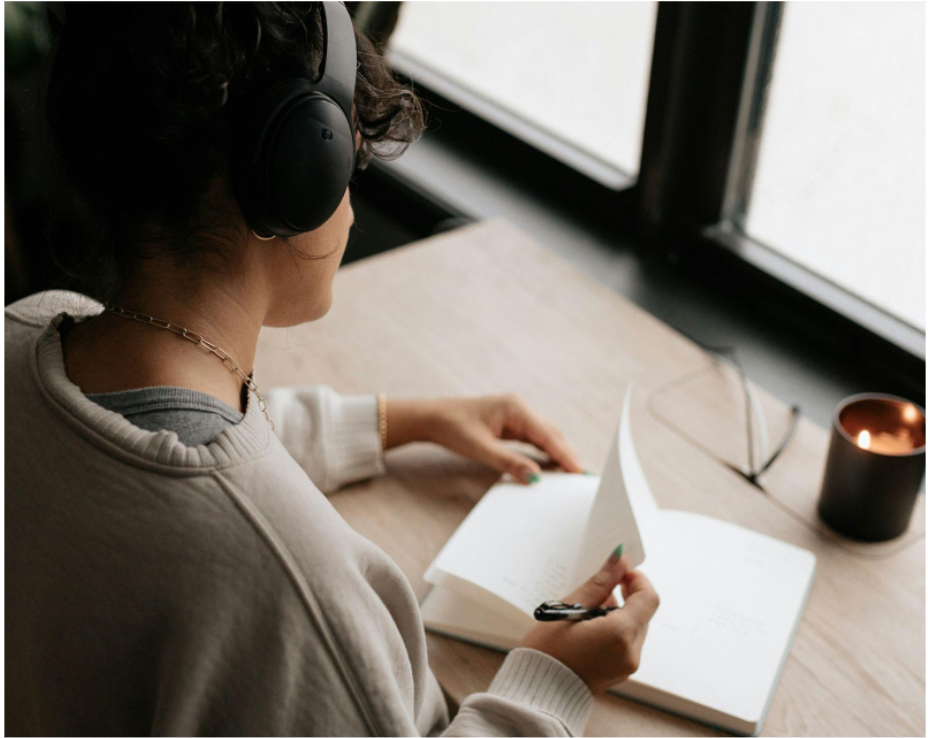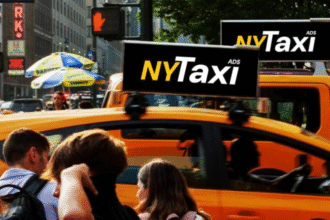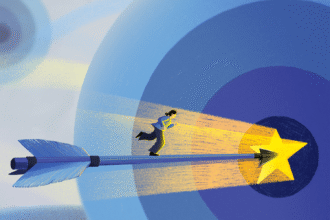Image from Unsplash
If the internet had a dominant sense, it used to be visual. But lately, something has shifted, sound is having its moment. From ambient YouTube loops to viral ASMR, and from sound fatigue memes to immersive 3D audio reels, digital users are no longer just watching their content, they’re listening with intention.
One surprising result? Brands like Audien Hearing are gaining traction not only among those with hearing difficulties but also among digital users becoming more conscious of how sound affects their day-to-day lives. What used to be a clinical conversation is now part of wellness trends, tech innovation, and even meme culture.
In short, ear-awareness has arrived online. And it’s louder than you think.
Scroll, Pause, Listen: Sound as a Cultural Signal
Until recently, online content was designed for “silent scrolling.” Platforms like Instagram and Twitter prioritized text and imagery because users were usually consuming them in public, on mute. But TikTok changed that.
The app’s success depends on sound. Whether it’s a remix, a voiceover trend, or a whispered monologue, TikTok trained users to pause and turn the volume up. Instagram Reels and YouTube Shorts followed suit. Suddenly, silence was out, audio identity was in.
This change didn’t just affect content creation, it shaped how people interact with their environment. Auditory memes, sonic branding, and remixed nostalgia (like slowed + reverb versions of 2000s hits) became essential ingredients of online communication. Even non-musical users became aware of how sound impacts mood and engagement.
ASMR, White Noise, and the Rise of “Ear Escapes”
ASMR (autonomous sensory meridian response), once niche and mildly mocked, is now mainstream. YouTubers with millions of followers whisper, tap, and crinkle objects to induce relaxation. White noise playlists on Spotify generate millions of streams per day. There’s even a growing subculture around “ear-cleaning videos,” which combine visual detail with high-fidelity sound.
Why are people so into this?
It’s not just novelty. According to the National Institutes of Health (NIH), sound-based therapies are increasingly being studied for their ability to regulate stress, improve focus, and support mental health outcomes in clinical settings.
The internet’s adoption of these formats is a digital reflection of that. Whether it’s rain noise for sleep, ocean sounds for anxiety, or a barista preparing coffee to simulate calm, users are seeking auditory comfort in a chaotic world.
“Ear Fatigue” and Sound Burnout Go Viral
But not all of this awareness is soothing. With more devices, notifications, and Zoom calls than ever before, online users have started expressing a kind of auditory burnout. A term that’s gained traction lately, ear fatigue, describes the overstimulation from constant digital noise.
You’ll find it in memes: someone collapsing into bed after an 8-hour Spotify session and 6 hours of Zoom. Or tweets joking about being “too tired to hear today.” It’s a joke, but it’s also real. Sound, like light, can overstimulate. As a result, users are becoming more protective of their ears.
This is where products like earplugs, noise-canceling headphones, and even hearing support devices like those from Audien Hearing enter the scene, not just as tools for the hearing impaired, but as part of a broader strategy of audio management and self-care.
The New Age of Sound Design in Tech

Image from Unsplash
As sound becomes more prominent online, the tech world is responding. App developers are investing in custom sound cues. Content creators are using binaural microphones. Even online learning platforms are refining their audio design to enhance retention and accessibility.
Meanwhile, audio branding, once limited to radio jingles, is now influencing how brands design apps, websites, and devices. A good example? Think about the sound your iPhone makes when it locks or the satisfying “click” of a well-designed app. That’s not accidental. That’s intentional audio UX.
This surge in attention toward high-quality audio also mirrors a larger accessibility trend. Companies are prioritizing captions, audio clarity, and hearing-friendly UI design not just for compliance, but because users demand it.
Silent Spaces and Sound Hygiene: The Next Online Wellness Movement?
The more sound we consume, the more we crave silence. A curious side effect of online sound culture is the renewed appreciation for quiet. Digital detox apps now offer “sound fasting” modes, meditation playlists come with extended silent breaks, and influencers are even promoting “silent walking” as a mental clarity hack.
This shift has introduced a new wellness buzzword: sound hygiene. Just as people are learning to manage screen time, they’re beginning to curate their sound environments. That includes turning off autoplay videos, reducing notification pings, and limiting headphone time.
And when people do need help managing their hearing, whether from overload, age, or ambient damage, they’re already accustomed to turning to tools like Audien Hearing because the brand is part of the digital self-care vocabulary.
What started as a content shift on TikTok has grown into a full-blown cultural transformation. We’re not just looking, we’re listening. And in doing so, we’re discovering new ways to express, soothe, and care for ourselves through sound.
As hearing awareness moves from the doctor’s office to the digital feed, the conversation is expanding: from clinical to cultural, from niche to mainstream, from background noise to intentional choice. Whether you’re remixing old tracks, searching for silence, or just realizing how sound makes you feel, one thing is clear:
This is the internet’s loudest trend yet.

















